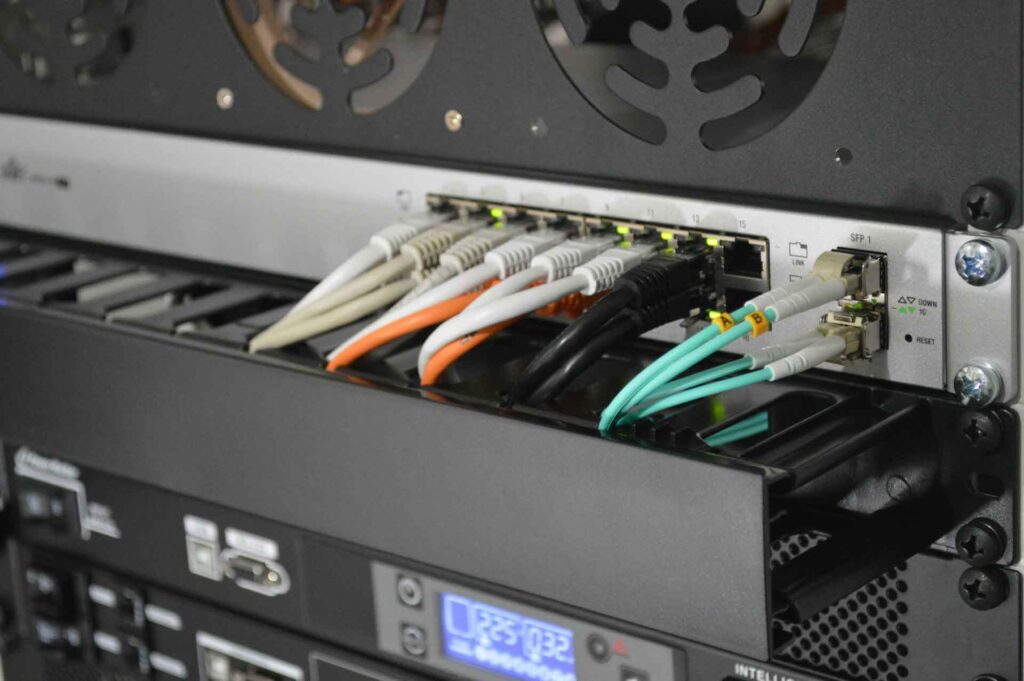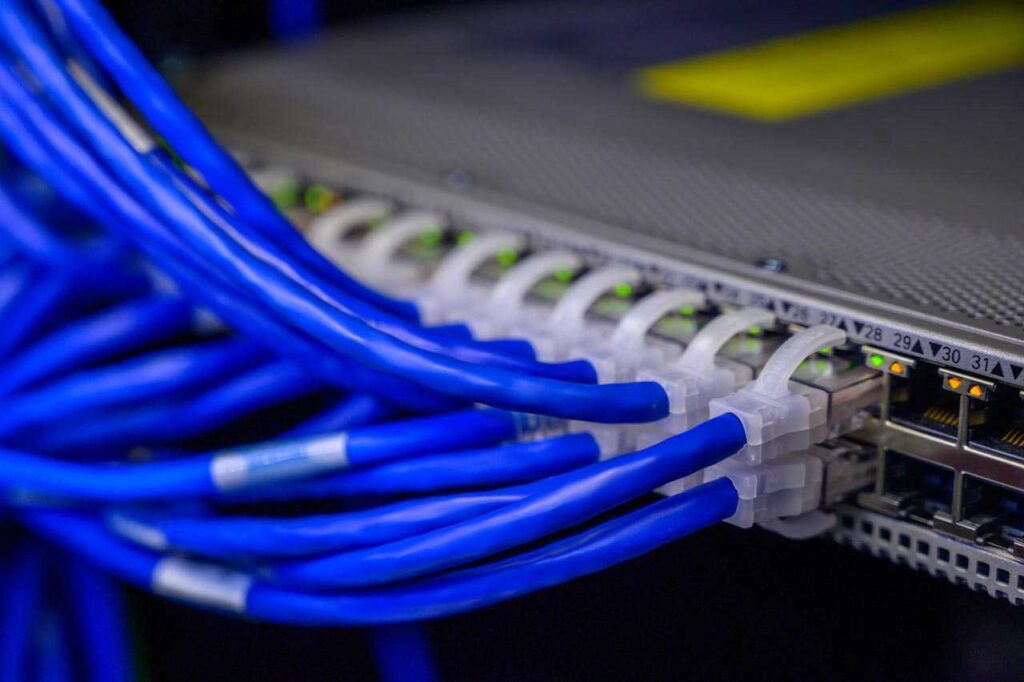Essential Applications of Data Cables in Modern Connectivity
In this blog, we explore the various applications and functions of data cables and the advantages of hiring professionals for data cabling projects. Whether for office or home use, understanding how data cables work can help you make informed decisions about your connectivity needs.
Understanding Data Cables
Data cables are essential in the modern world, supporting a wide range of applications. From connecting computers and routers to networking devices and charging smartphones, data cables are integral to our digital lives. While many people use data cables daily, it’s important to understand their different types and functions to ensure optimal performance.

Functions of Data Cables
Data cables serve multiple functions depending on their type. They enable devices to communicate and transfer data efficiently. Here are some key functions:
- Connectivity: Data cables facilitate connectivity between various devices such as computers, routers, switches, and storage area networks. An efficient data cabling system ensures smooth communication and data sharing across the network.
- Data Transfer vs. Charging: It’s crucial to distinguish between charging cables and data cables. While data cables can sometimes double as charging cables, charging cables cannot perform data transfer. For example, a cable that charges your smartphone may not support data transfer, whereas a data cable connected to a computer can handle both charging and data transfer.
Types of Data Cables and Their Applications
Different types of data cables are suited for specific applications. Here’s a look at some common types:
- Twisted Pair Cables: These cables, used in phone systems, have pairs of wires twisted together to reduce electromagnetic interference and cross-talk. They ensure clear communication between connected devices.
- Coaxial Cables: Featuring a central copper conductor surrounded by a plastic insulator, coaxial cables are ideal for transmitting radio frequency (RF) signals. They are commonly used for cable TV services due to their ability to carry signals over long distances with minimal interference.
- Optical Fiber Cables: These cables use light to transmit data and are known for their high-speed performance. They are made from multiple optical fibers covered with an insulator and offer enhanced security because they are difficult to intercept. Optical fiber cables are ideal for high-speed internet connections.

Benefits of Professional Data Cabling Services
While DIY data cabling might seem like a cost-effective solution, professional installation offers several advantages:
- Expertise: Professionals bring extensive experience and knowledge to the table. They can handle complex installations, troubleshoot issues, and ensure that the cabling system is set up correctly.
- Efficiency: Professionals can complete the job quickly and efficiently, reducing downtime and minimizing disruptions to your network.
- Cost-Effectiveness: Hiring experts can prevent costly mistakes and future repairs. They provide high-quality services that can save money in the long run.
- Specialized Handling: Some cables, like fiber optics, require careful handling and precise installation. Professionals have the tools and expertise to manage delicate cables and ensure optimal performance.
Why Choose Custom Cabling Solutions LLC
Custom Cabling Solutions LLC is dedicated to providing top-notch data cabling services. Our team of experts offers a range of services, including installation, maintenance, repair, and fault testing. With our commitment to quality and customer satisfaction, we ensure that your data cabling needs are met with precision and professionalism.
If you’re looking for reliable and efficient data cabling services, contact Custom Cabling Solutions LLC to discuss your requirements and get a quote today.
Frequently Asked Questions
What are data cables used for?
Data cables are used to connect and enable communication between various electronic devices, such as computers, routers, switches, and storage area networks. They are essential for data transfer, networking, and connecting peripheral devices.
What types of data cables are commonly used?
Common types of data cables include twisted pair cables, coaxial cables, and optical fiber cables. Each type has specific applications, such as phone systems, cable TV, and high-speed internet connections, respectively.
Can a data cable be used for charging devices?
Yes, many data cables can also be used for charging devices. However, not all charging cables can be used for data transfer. It’s important to check whether the cable supports both functions if you need it for dual purposes.
Why is professional installation of data cables recommended?
Professional installation ensures that data cables are set up correctly and efficiently. Experts have the knowledge and tools to handle complex installations, troubleshoot issues, and prevent potential problems, which can save time and money in the long run.
What are the benefits of using optical fiber cables?
Optical fiber cables offer high-speed data transfer, increased security, and minimal signal loss. They are ideal for internet connections that require fast and reliable performance, and they are less prone to interference compared to other types of data cables.
How do twisted pair cables reduce interference?
Twisted pair cables reduce electromagnetic interference and cross-talk by twisting pairs of wires together. This design helps ensure clear communication between connected devices, making them suitable for phone systems and networking.
What should I consider when choosing a data cable?
When choosing a data cable, consider the type of devices you need to connect, the distance the cable needs to cover, the speed and reliability required, and whether the cable will be used for data transfer, charging, or both.
What is the difference between coaxial cables and twisted pair cables?
Coaxial cables have a single copper conductor surrounded by a plastic insulator and are typically used for transmitting radio frequency (RF) signals, such as in cable TV systems. Twisted pair cables, on the other hand, consist of pairs of wires twisted together to reduce interference and are commonly used in phone systems and computer networking.
How can I ensure the longevity of my data cables?
To ensure the longevity of data cables, use proper installation techniques, avoid bending or stretching the cables excessively, and keep them away from sources of electromagnetic interference. Regular maintenance and inspections by professionals can also help extend their lifespan.
Why is it important to hire professionals for data cabling services?
Hiring professionals for data cabling services is important because they have the expertise to ensure the correct installation, reduce the risk of errors, and provide reliable and efficient solutions. This can prevent future issues and ensure that your network operates smoothly.

